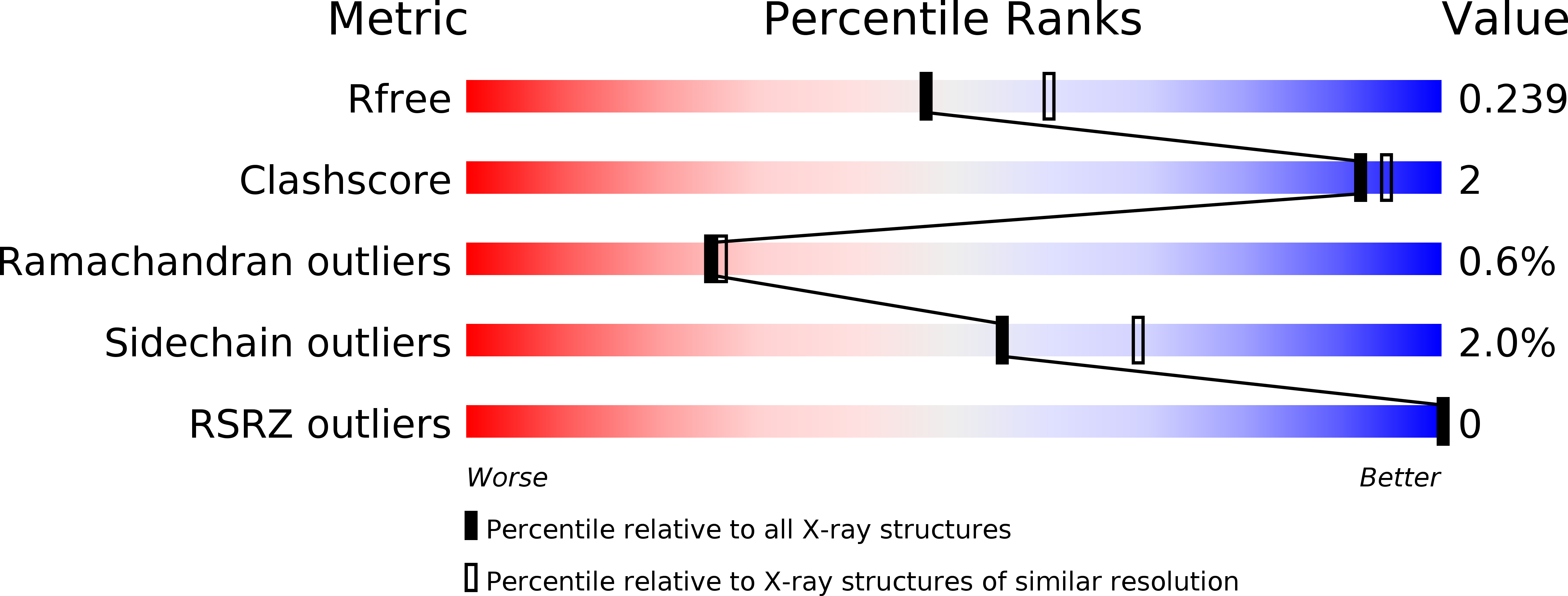
Deposition Date
2018-06-17
Release Date
2018-08-22
Last Version Date
2024-01-17
Entry Detail
PDB ID:
6GTA
Keywords:
Title:
Alpha-galactosidase mutant D378A from Thermotoga maritima in complex with intact cyclohexene-based carbasugar mimic of galactose with 3,5 difluorophenyl leaving group
Biological Source:
Source Organism:
Host Organism:
Method Details:
Experimental Method:
Resolution:
2.20 Å
R-Value Free:
0.23
R-Value Work:
0.17
R-Value Observed:
0.17
Space Group:
P 21 21 21


